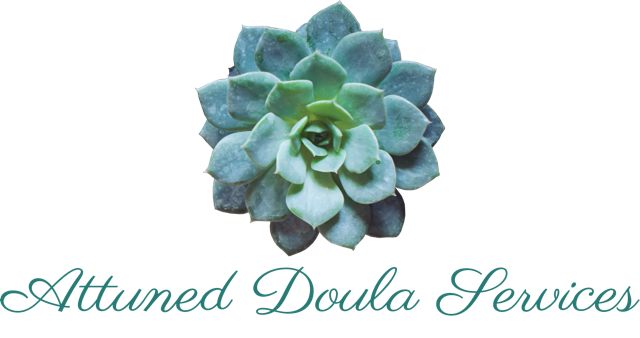There is a strong relationship between fear and birth. Fear is normal, but can very easily become consuming and interfere with the body’s labor process. With any unknown, and each birth is, no matter how many times you have done it, there comes some degree of fear or anxiety. It’s hard to relinquish control and to go into something so huge with so much at stake. Common fears for birth range anywhere from perineal tearing, interventions like inductions or episiotomy, or sometimes surgery or a c-section. Every fear, no matter how small or how big is valid and deserves to be processed. We all bring baggage with us to our birth in the form of emotions, fears and experiences. We need to condense that baggage down into a nice, small carry-on size before the big day so it fits nicely into the process and doesn’t interfere with the “trip”.
I believe very strongly in the fear-tension-pain cycle. I don’t think being fearless will make labor painless, but I have experienced and seen the release of fear have a direct impact on the ability to relax tension and ease pain. The more fear that is brought into the labor, the more tense a woman is and the more tense she is, the more painful labor can be. We talk so much about women needing to relax in labor, to not fight the pain and to rest. Relaxing and releasing fear directly affects how well a woman can rest in between contractions and direct her energy during a contraction to work with her body in labor. If she is consumed with fear, even if it is just fear of the next contraction, she cannot work with her body and it may even work against the progression of labor. Ina May Gaskin addresses this in another way with her theory of the “sphincter law”, when she talks about exactly the right conditions being necessary for the woman’s body to open for labor. If there is fear, anxiety, lack of privacy or a feeling of being unsafe, the body can close or stall rather than opening and progressing.
Oxytocin is the key player in the hormones of labor. It creates contractions and as it increases, causes those contractions to get longer, stronger and closer together facilitating the cervical changes needed for birth. Catecholamines are stress hormones, including adrenaline and they work in direct opposition of the release of oxytocin. The more fear, tension and anxiety a woman experiences in labor, the more adrenaline she can release and it can directly affect labor on a hormonal and physiological level.
It can be so helpful to talk fears through with your partner, healthcare provider, doula or a counselor. Making a plan and being flexible in it can also ease fears and help to keep you in control as much as possible. For some families that looks like not just plan A and B, but also plans C, and D. Talking through the all of your options for each choice you face can also help you to feel informed and heard each step of the way. An attuned doula can help you to put your fears into words and find ways to effectively manage and package them for your labor.

